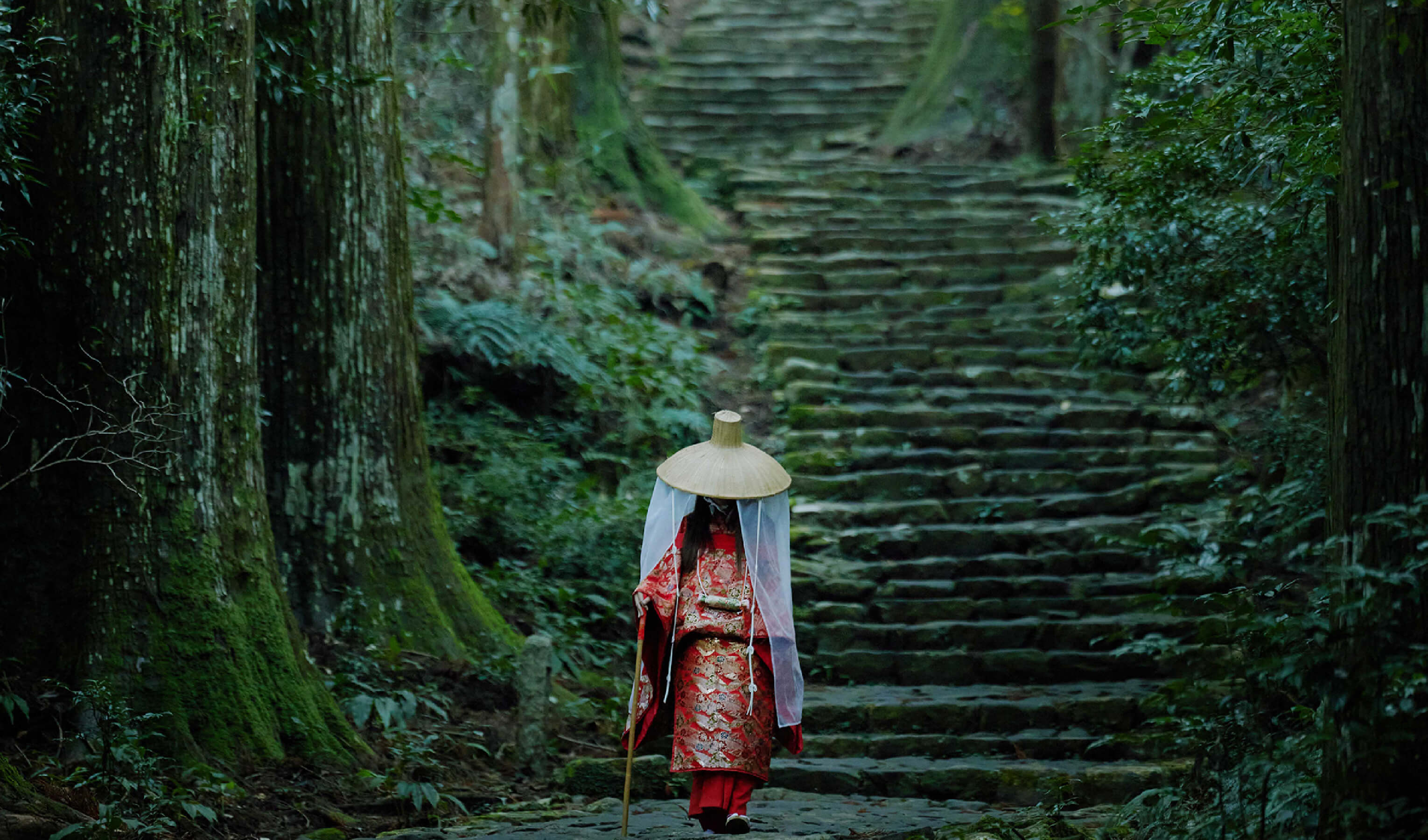
INTRODUCTION
It tells a story as a compass
For those who live in the Kii Peninsula
For those who visit the Kii Peninsula
And against the background of geological formation and of history
This is a story about the charms of the Kii Peninsula
The spirituality of Japan
The beautiful scenery of Japan
Learn how the Kii Peninsula was born, a place that encapsulates these
Those who live there, those who visit, those who offer welcome
This story is a compass for all those who care about the Kii Peninsula
7 Reasons to
Visit Kii Peninsula
01 Geology
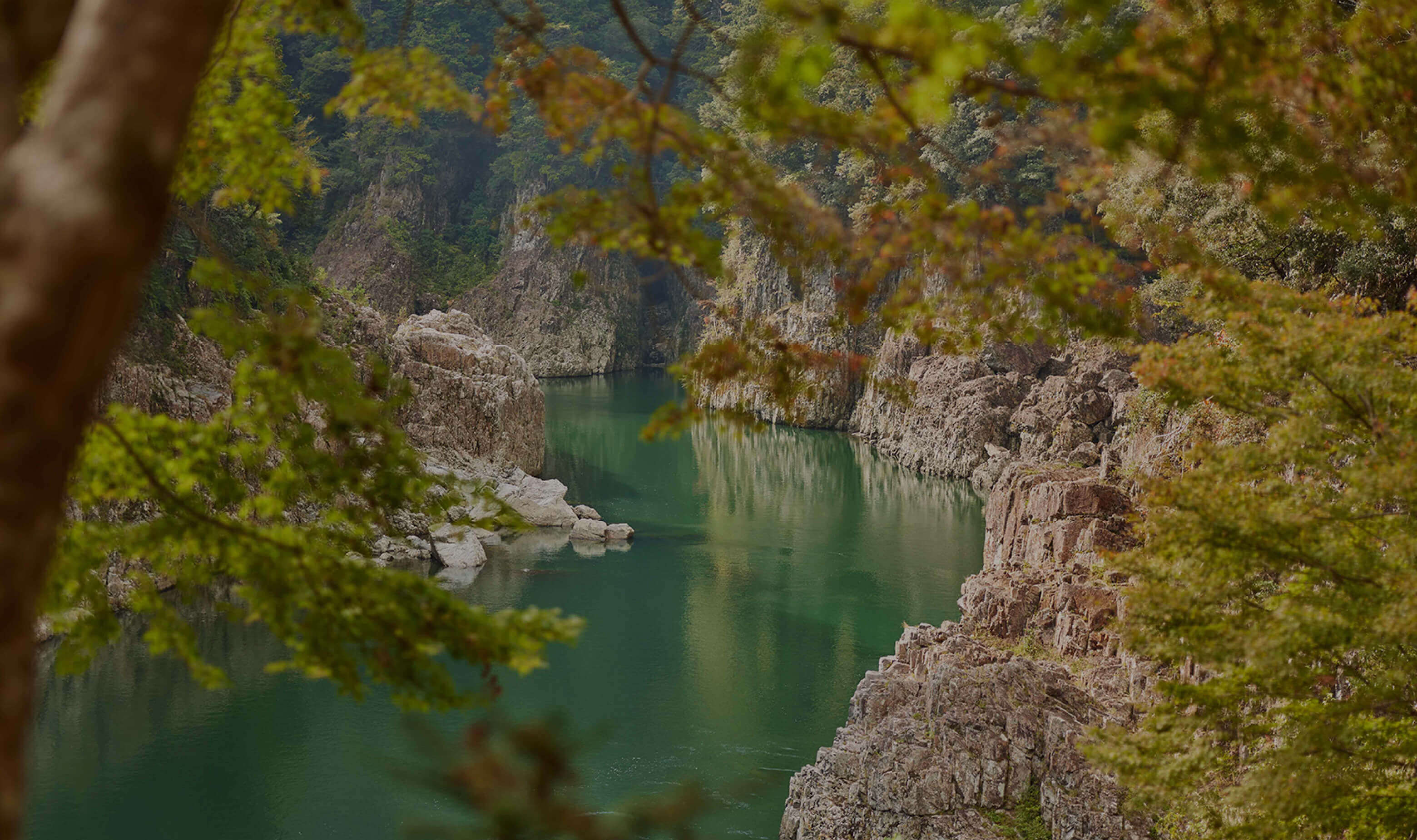
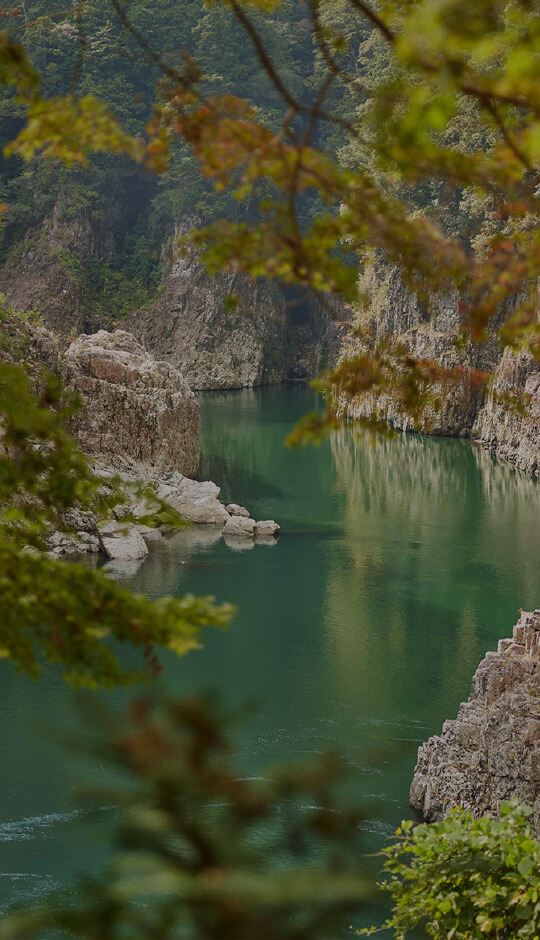
The Japanese archipelago is the result of huge tectonic movements that began 25 million years ago, and the Japanese are a people still living in one of the world’s rarest fluctuating, and most naturally volatile, zones. The Kii Mountains run through the Kii Peninsula. The mountains were formed 14 million years ago when the Japanese archipelago separated and shifted away from the continent. Long ago, the heat of the Philippine Sea Plate, which moved into the Kii Peninsula, formed a huge magma reservoir deep underground. When that magma reservoir cooled and solidified, it became the Kumano Rock Mass, a giant rock or “magma fossil”. This is located far beneath the ground of the Kii Peninsula extending 30km deep and 100km from north to south. The subduction of the plate, which continues to move, pushed the Kumano rock formations up. This created the Kii Mountains.
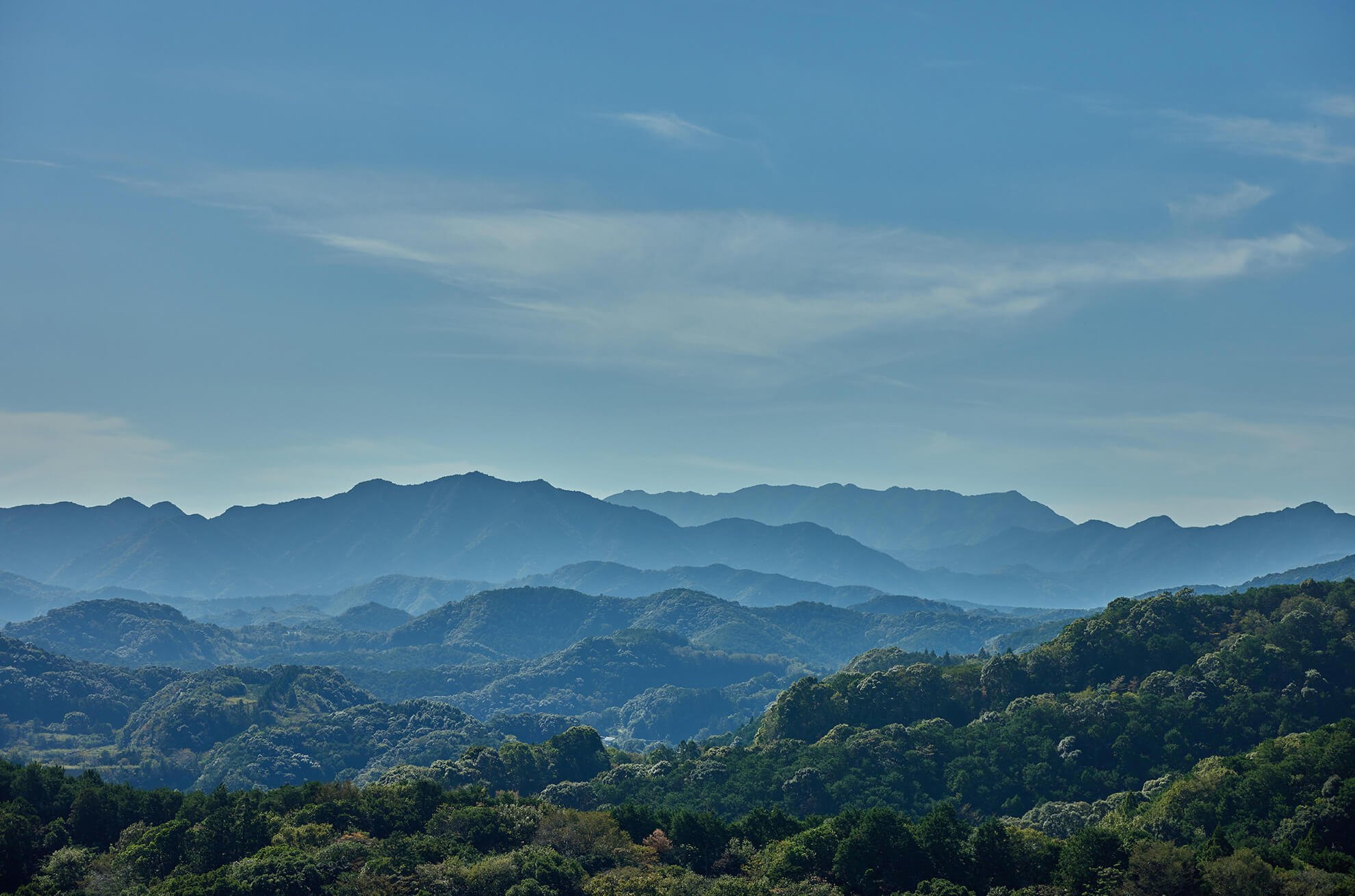
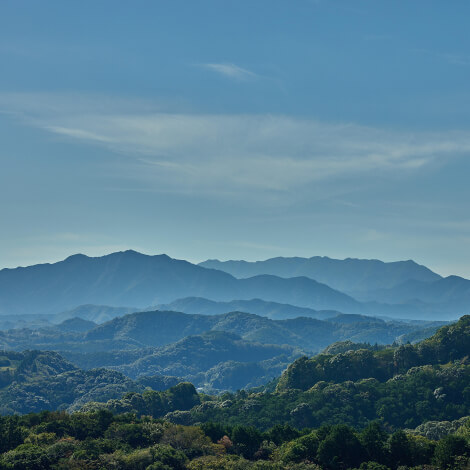
Kii Mountains
02
Nature
Worship
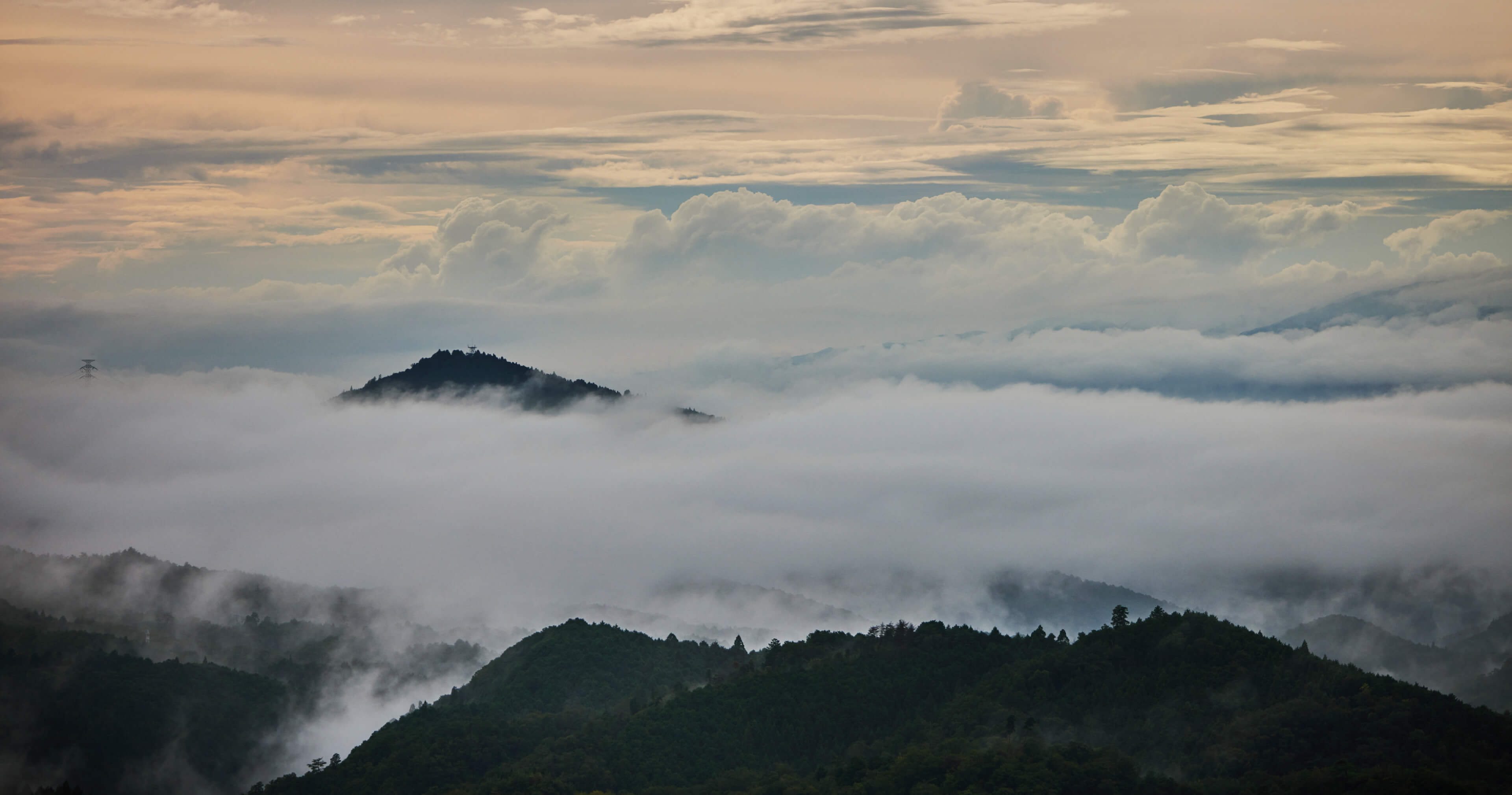
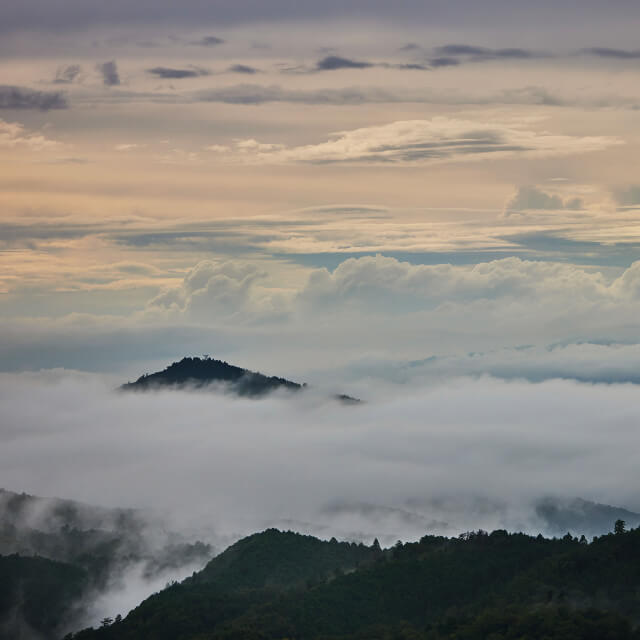
The Japanese archipelago was formed after splitting off from the Asian continent. Running long and narrow from north to south it has four seasons and climates that range from the subtropical to the subarctic.
The Kuroshio and the Oyashio Ocean Currents flow on the Pacific side, and the Tsushima Current flows on the Sea of Japan side. Rivers run from the mountainous areas to the plains. The topography is rich in undulating land.
A belief was born of the severities and the blessings of nature that everything from plants and trees to mountains and rocks had a soul - and the concept of “eight million gods” was born.
This was the beginning of Japan's ancient faith: Shinto.
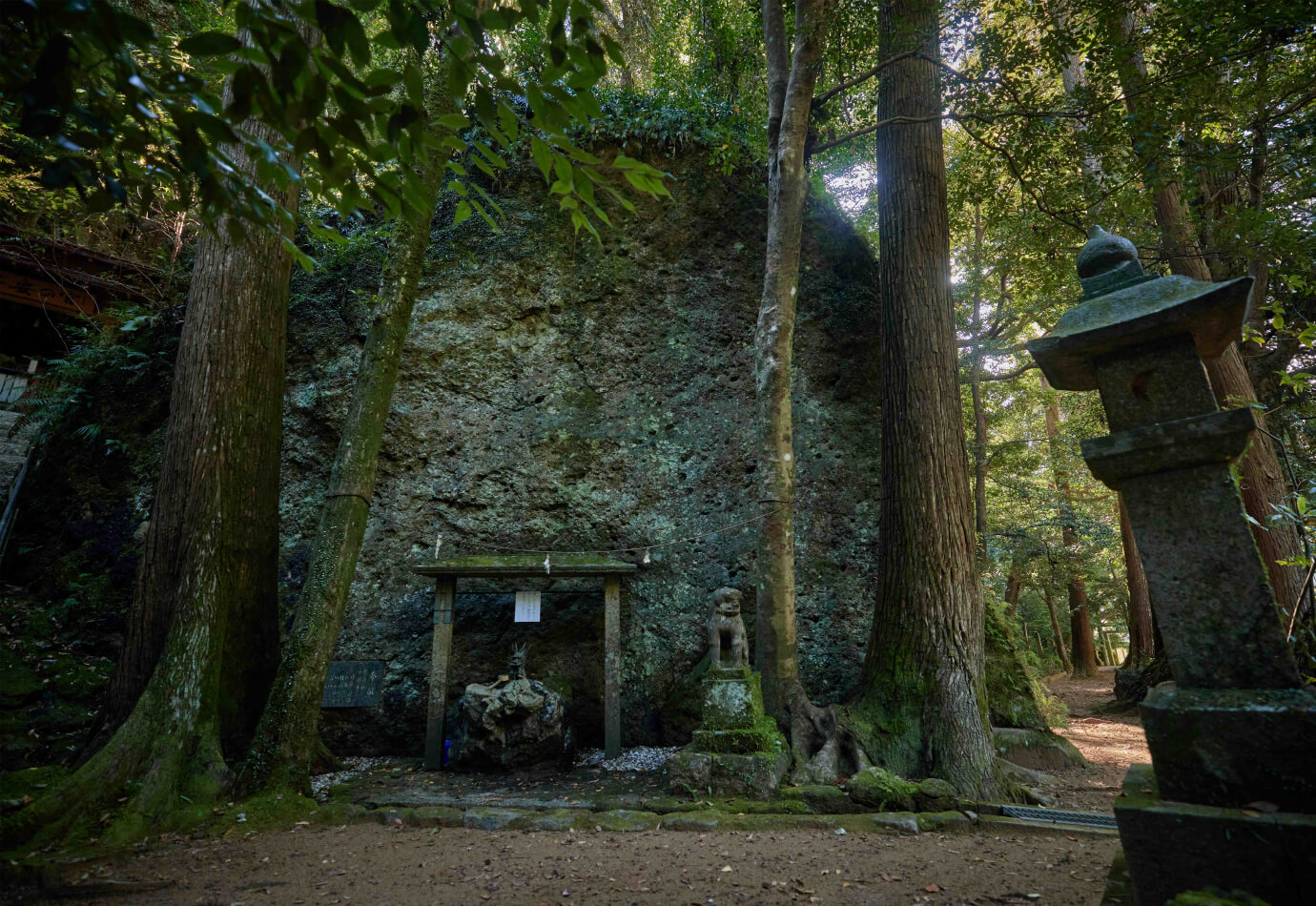
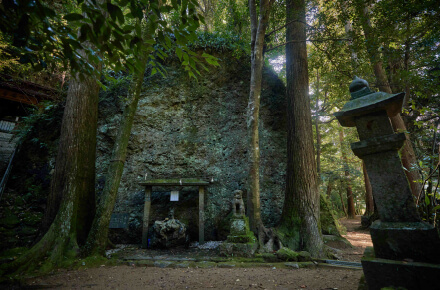
Konouchi Shrine
03
Mountain
Worship
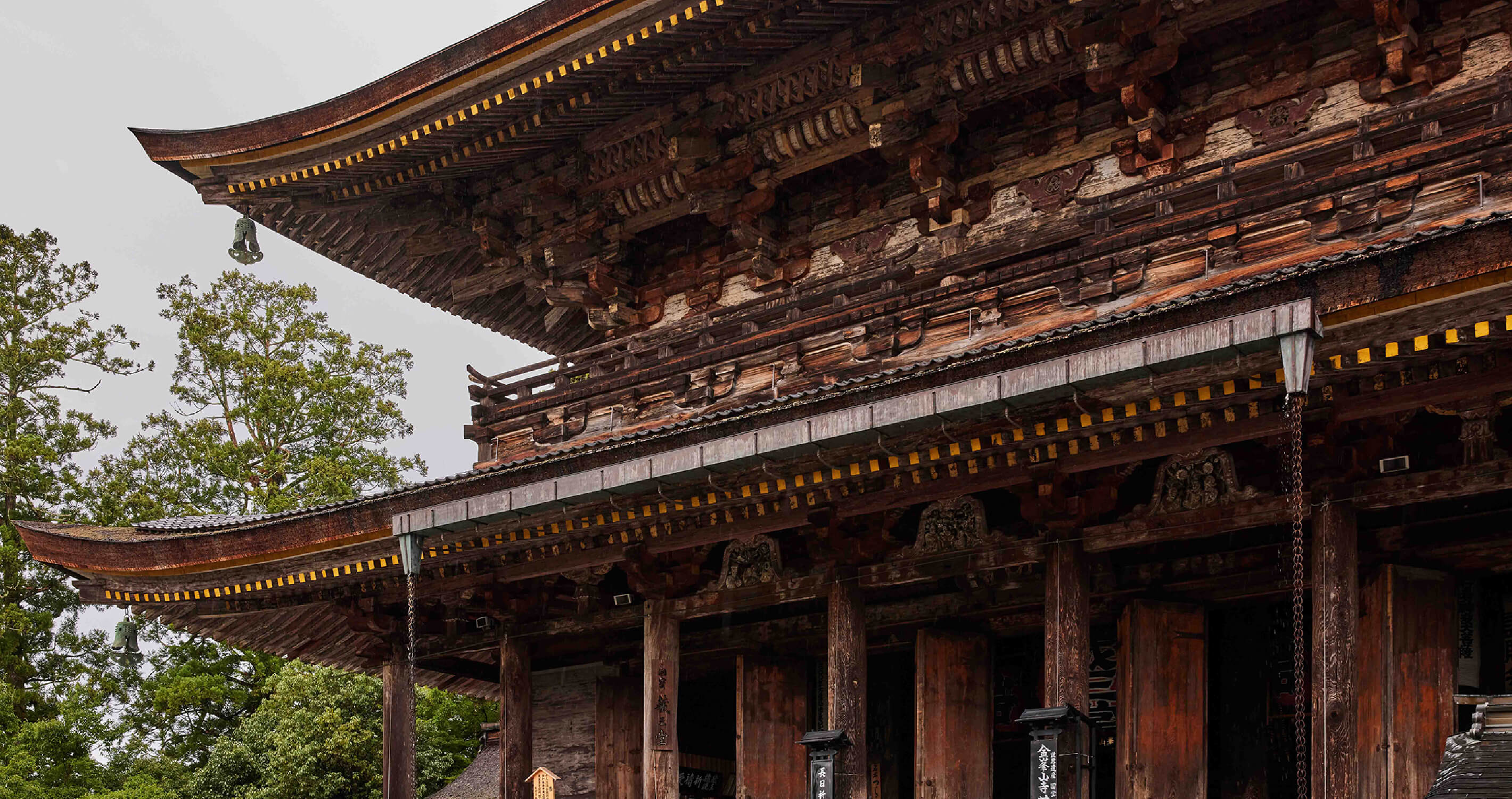
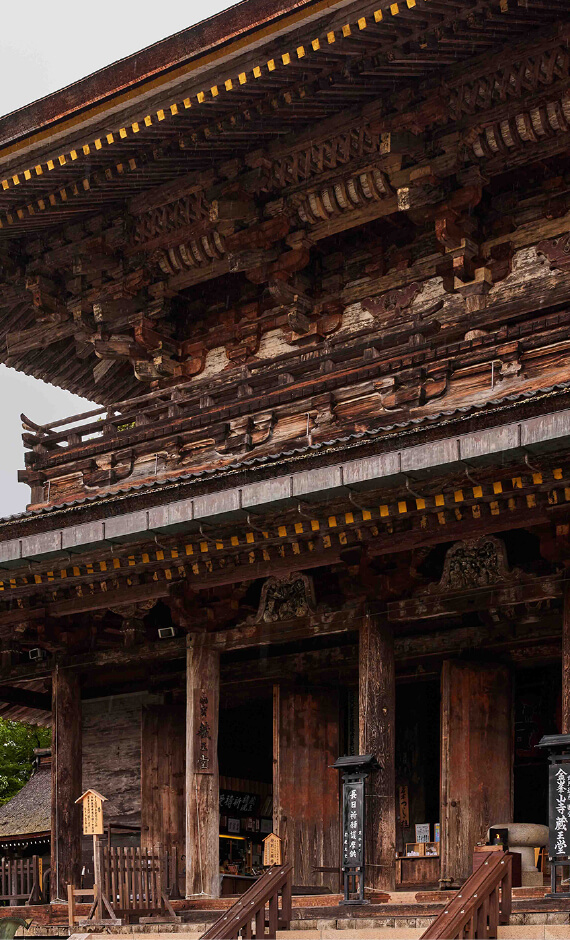
From a place of faith to a place of practice
The Kii Mountains were a place of worship, and due to the severity of the natural environment, they were also the places chosen for cultivating spiritual growth through ascetic practices and communion with nature.
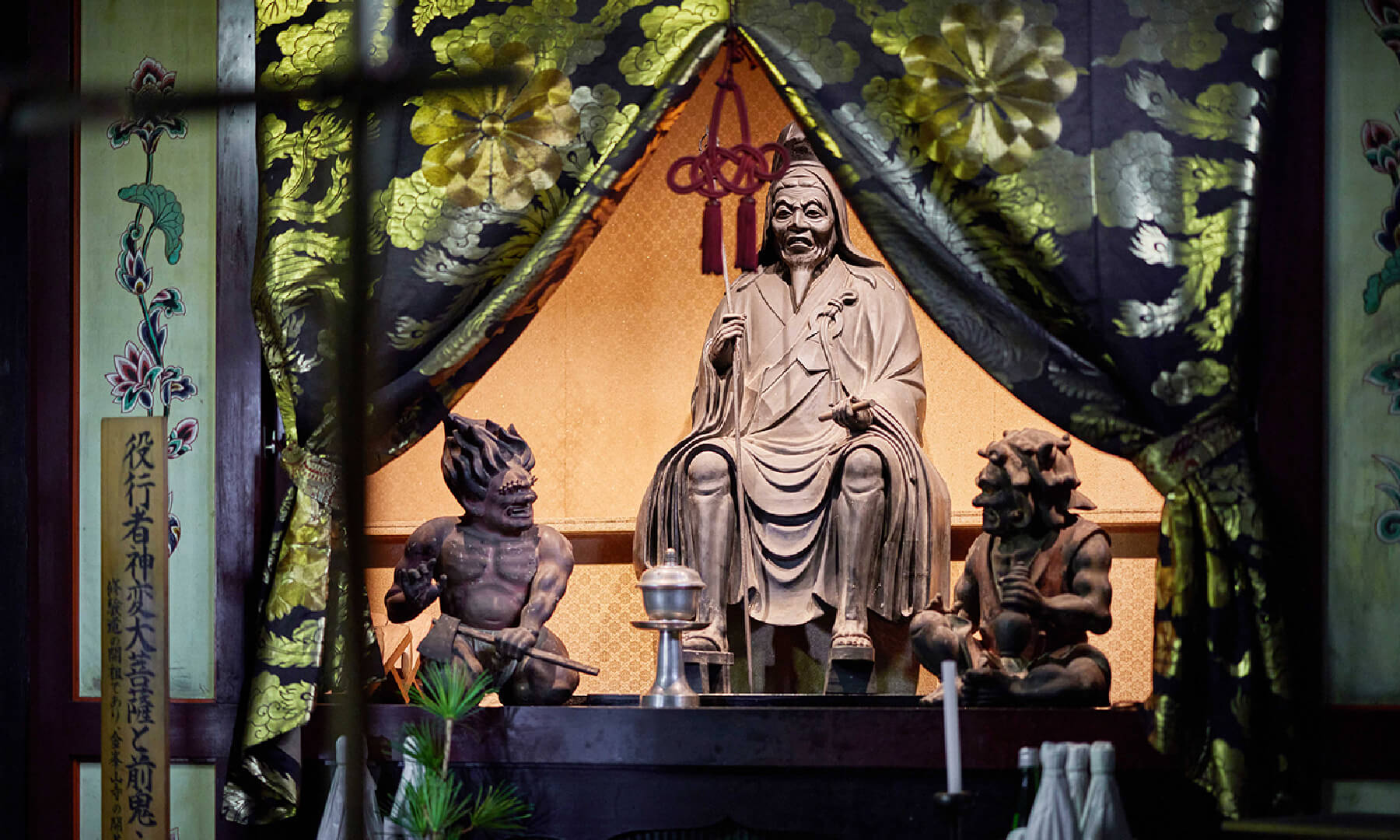
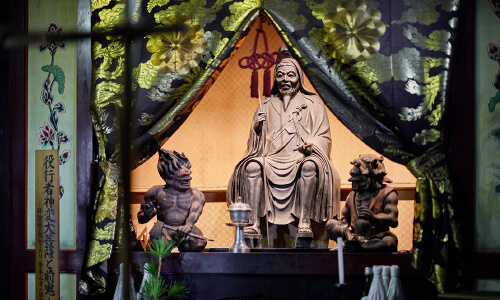
Kinpusen-ji Temple
04 Buddhism
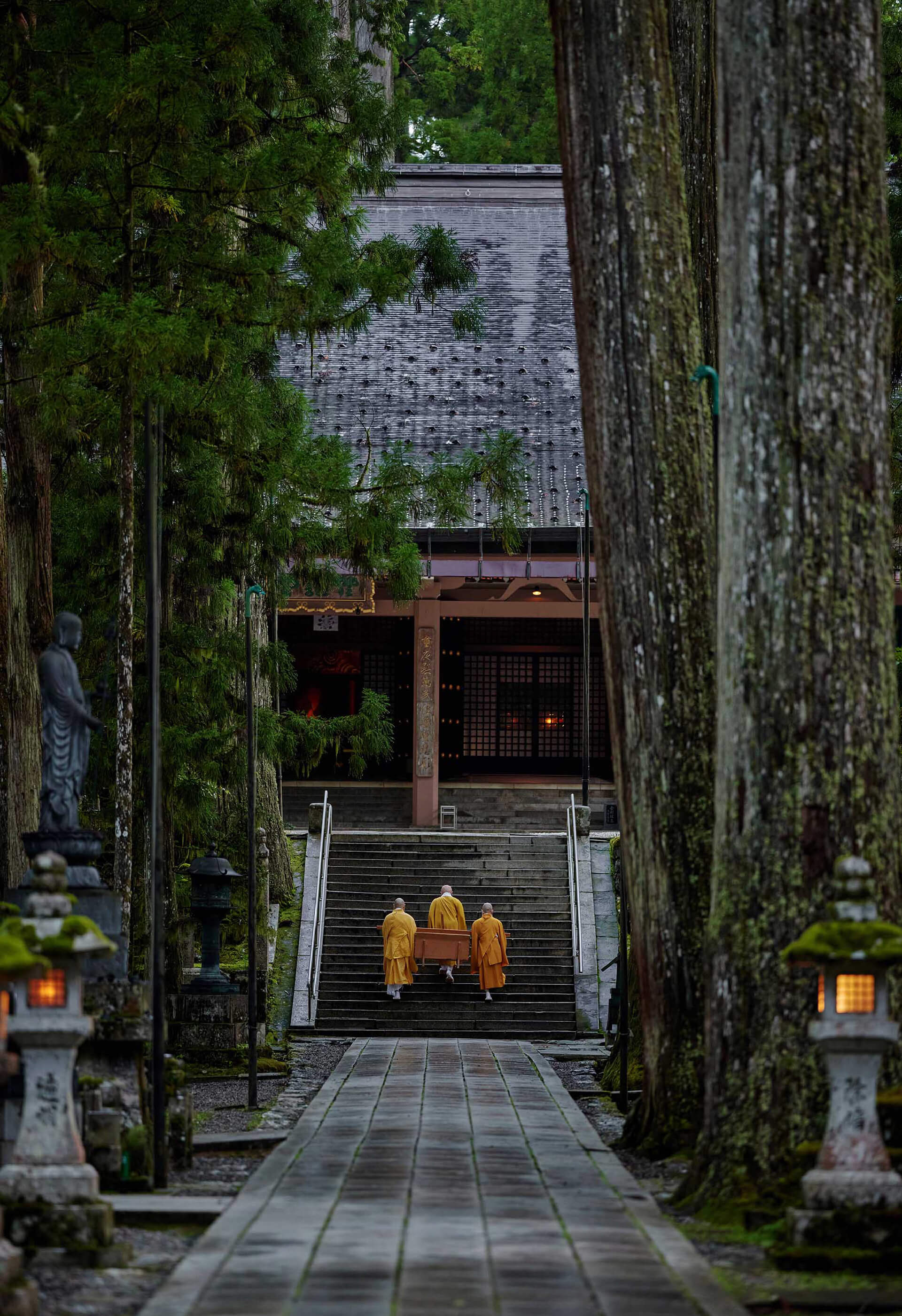
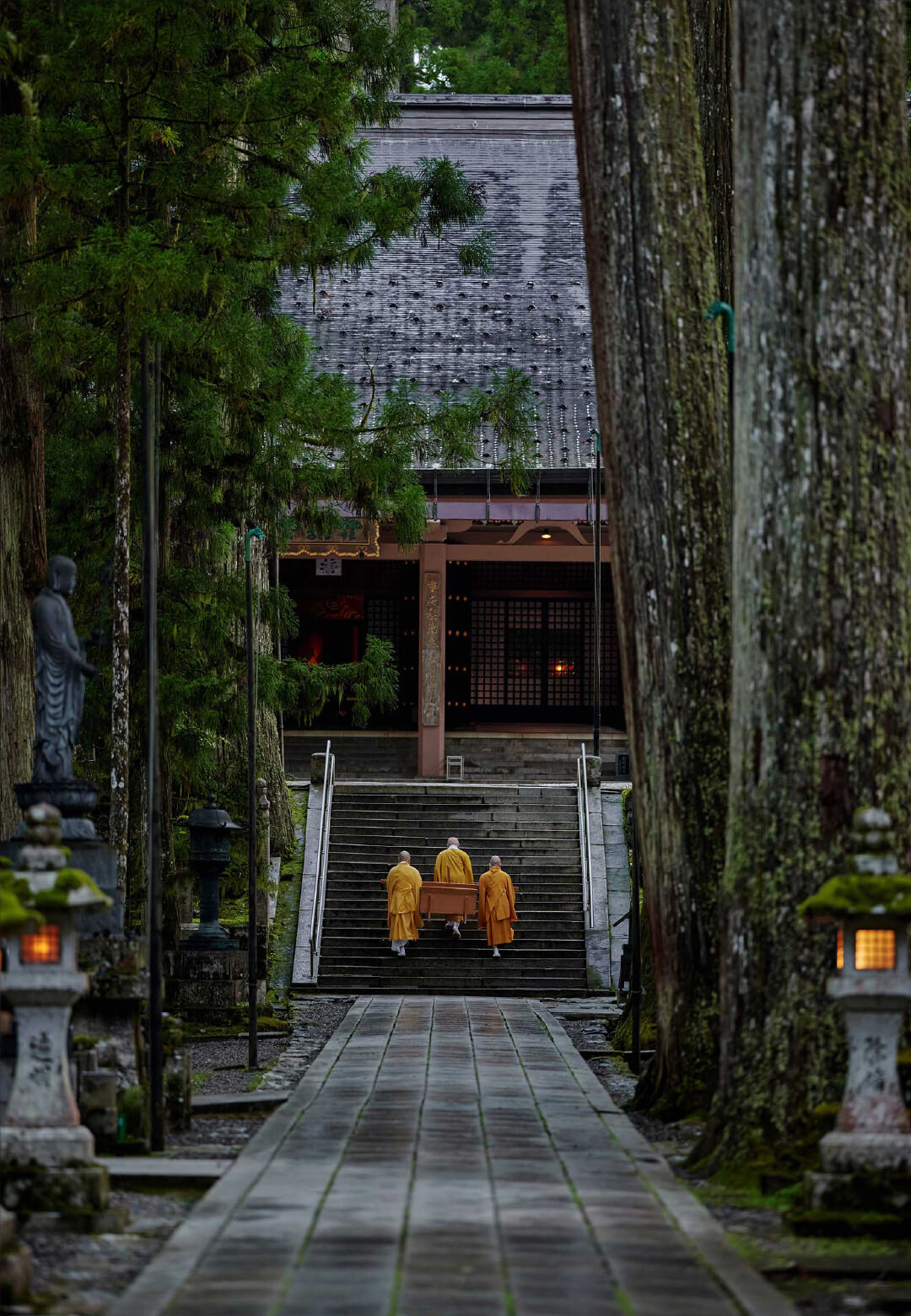
The Kii Mountains are a place where Shintoism, a belief rooted in nature worship, spread for a period of over 2000 years.
On the other hand, 1200 years ago, with the strong influence of mainland China, a new religion from China - Shingon Esoteric Buddhism - was also born, and this happened at Koyasan in the Kii Mountains.
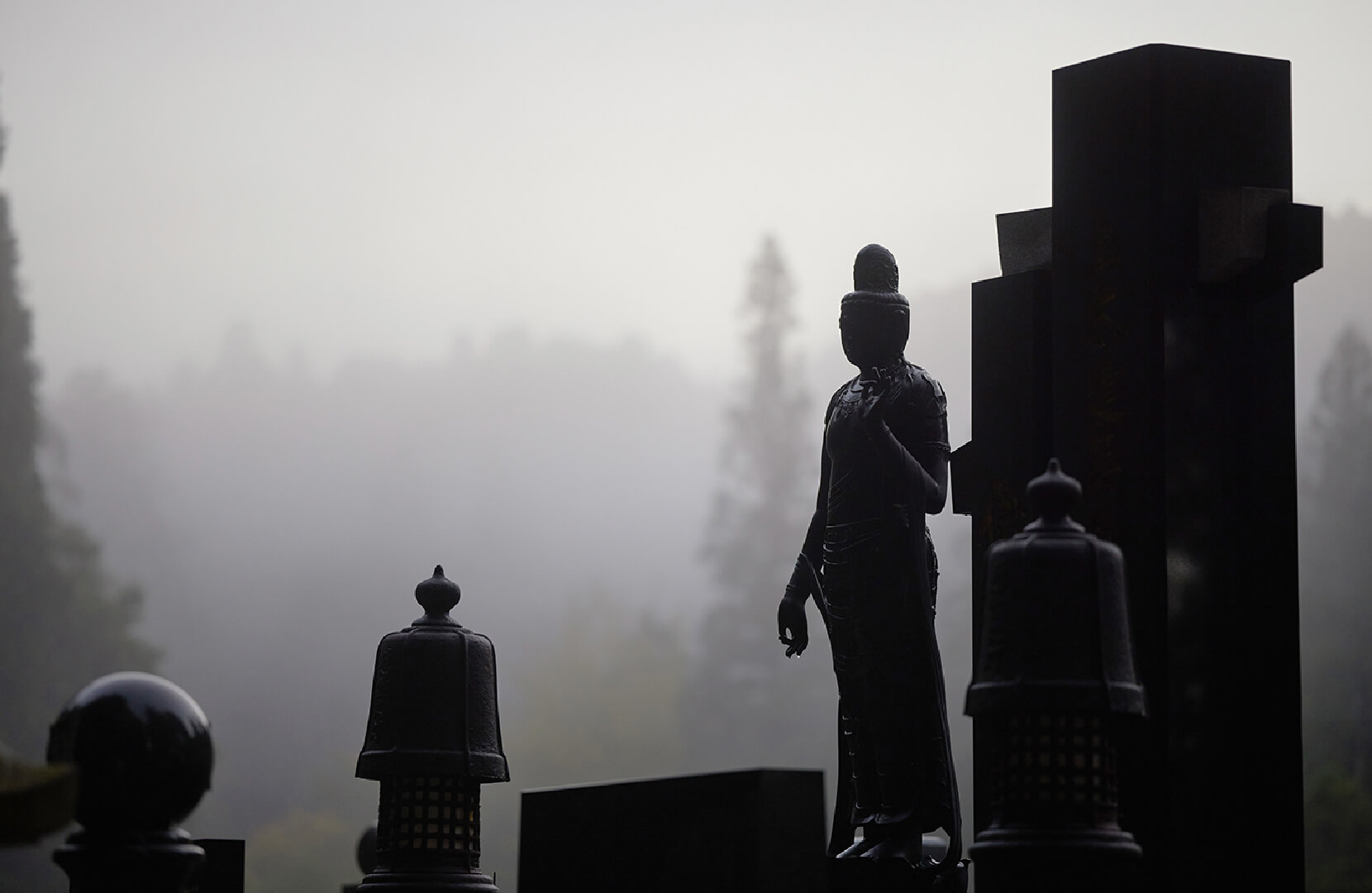
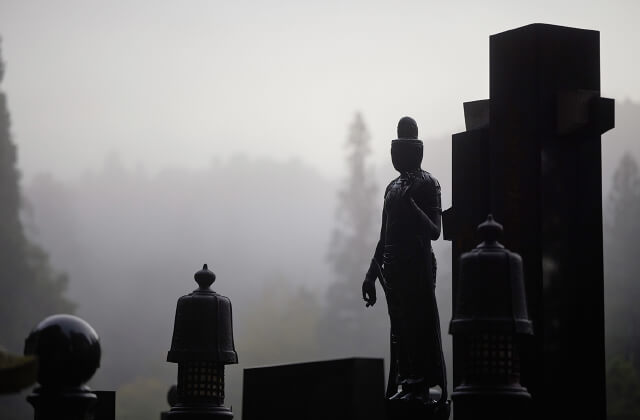
Koyasan Okuno-in
05
Founding
of the
Country
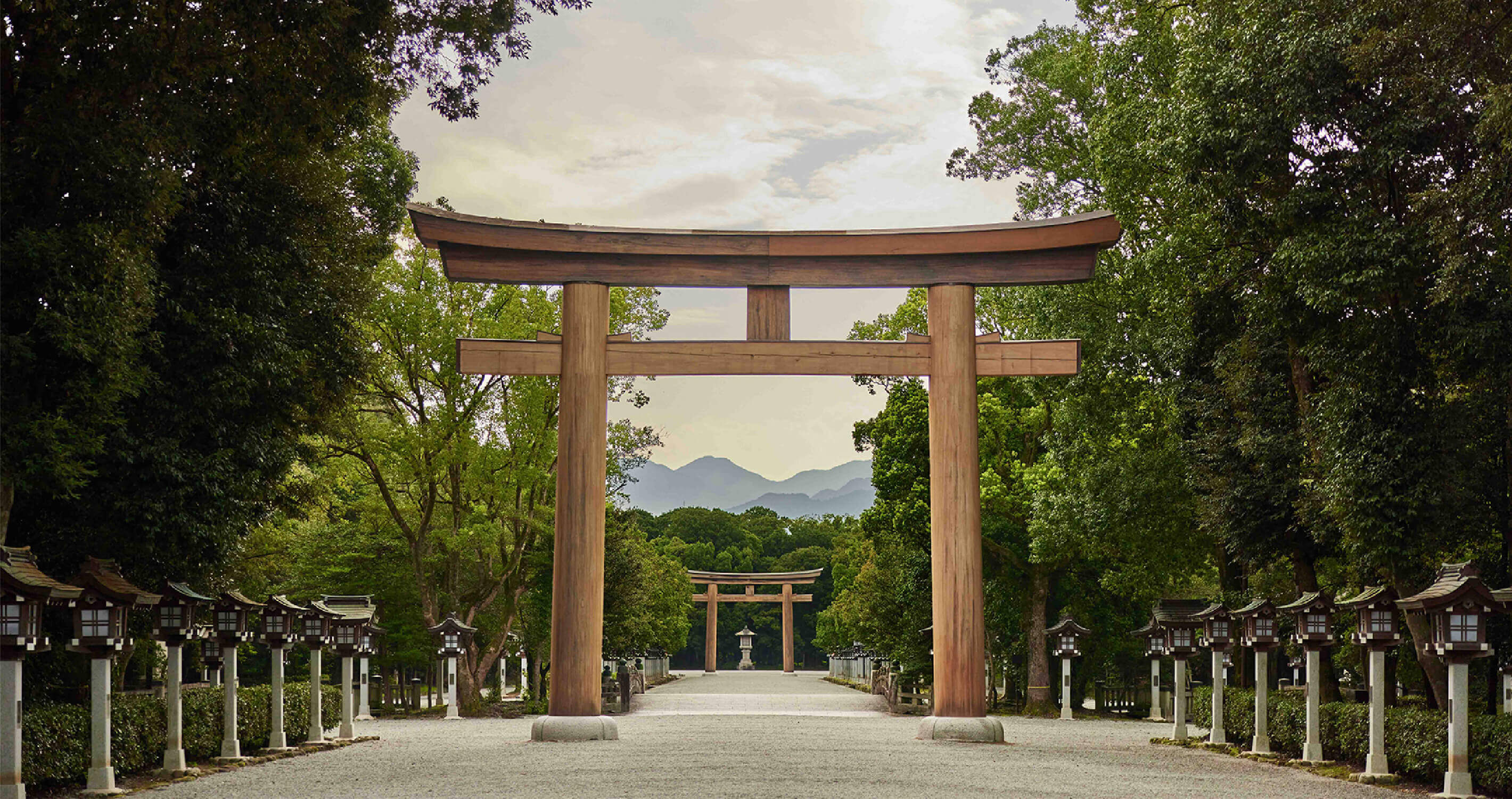
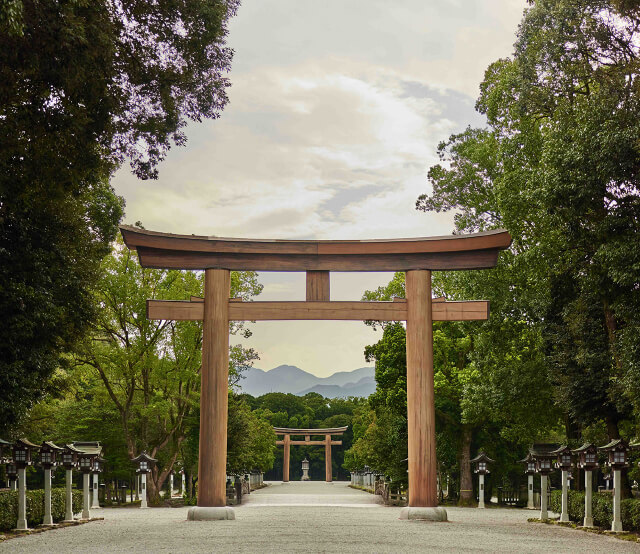
The first emperor, Emperor Jimmu, the founder of the nation, built the capital and established Japan in
Yamato country, southeast of Mt. Unebi, on the land of Kashihara (central Kii Peninsula.)
06 Pilgrimage
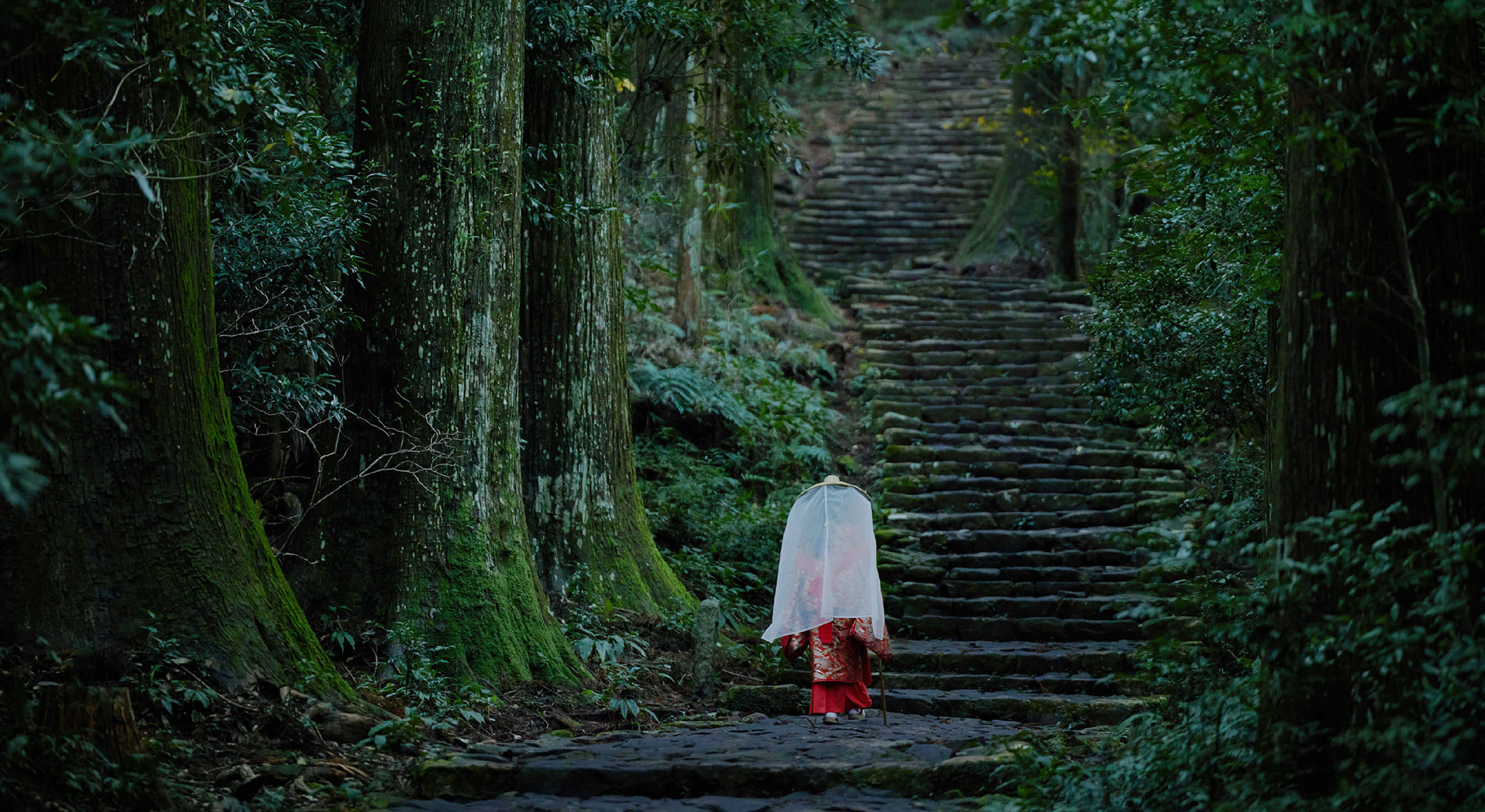
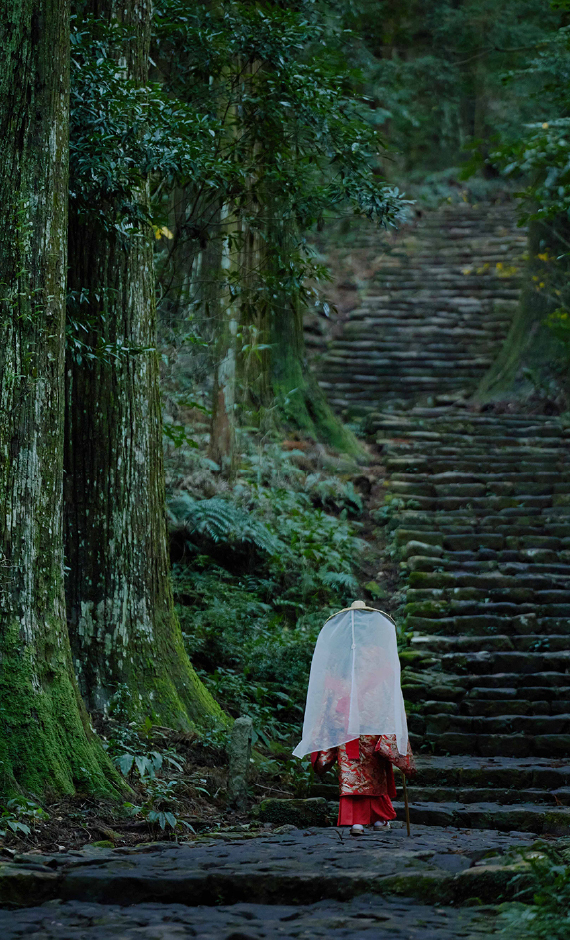
The Kii Peninsula is the place of Shinto’s origins, where it fused with Buddhism, and where Shugendo was born.
The origin of Japanese spirituality.
It was within such a historical context that pilgrimage paths came to be created.
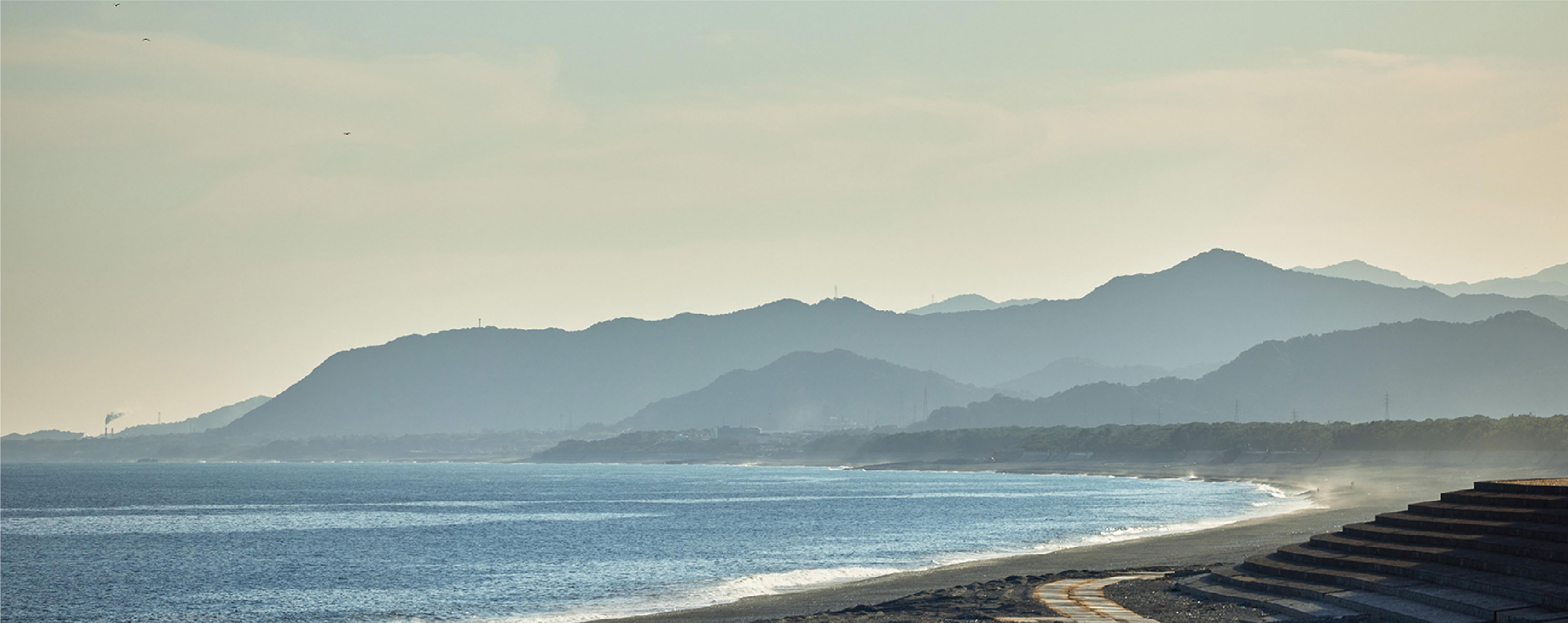
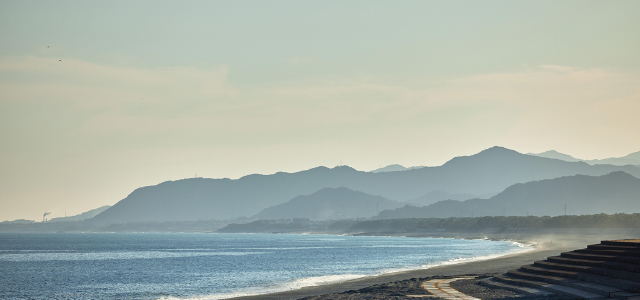
Kumano Kodo Iseji
07 Legacy
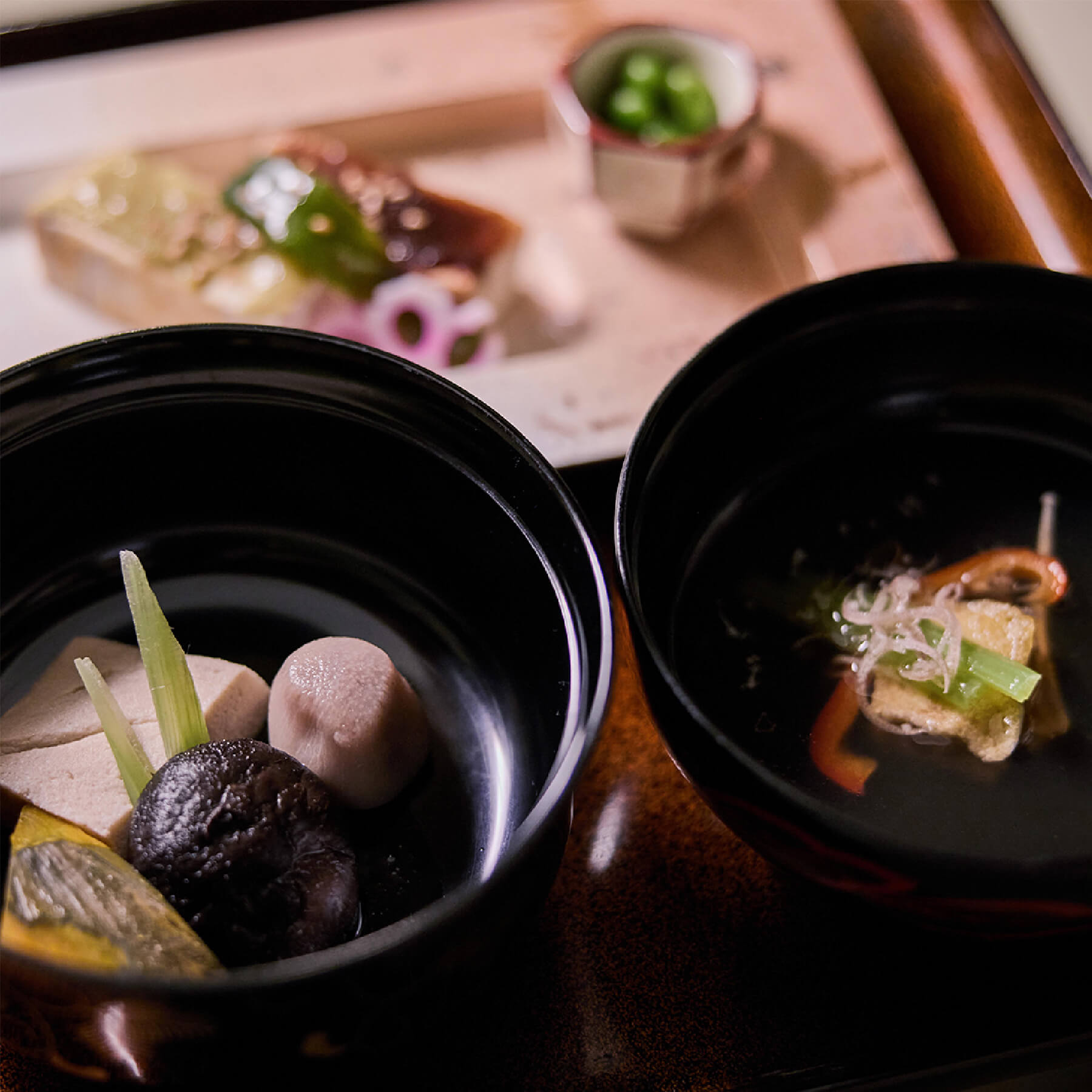
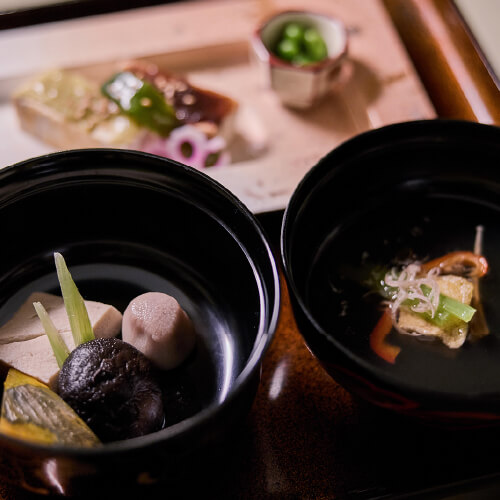
Over the course of history, Shinto, Buddhism, and Shugendo have fused together in the Kii Peninsula.
The Japanese spirituality that was cultivated in this environment continues to be passed down to this day.
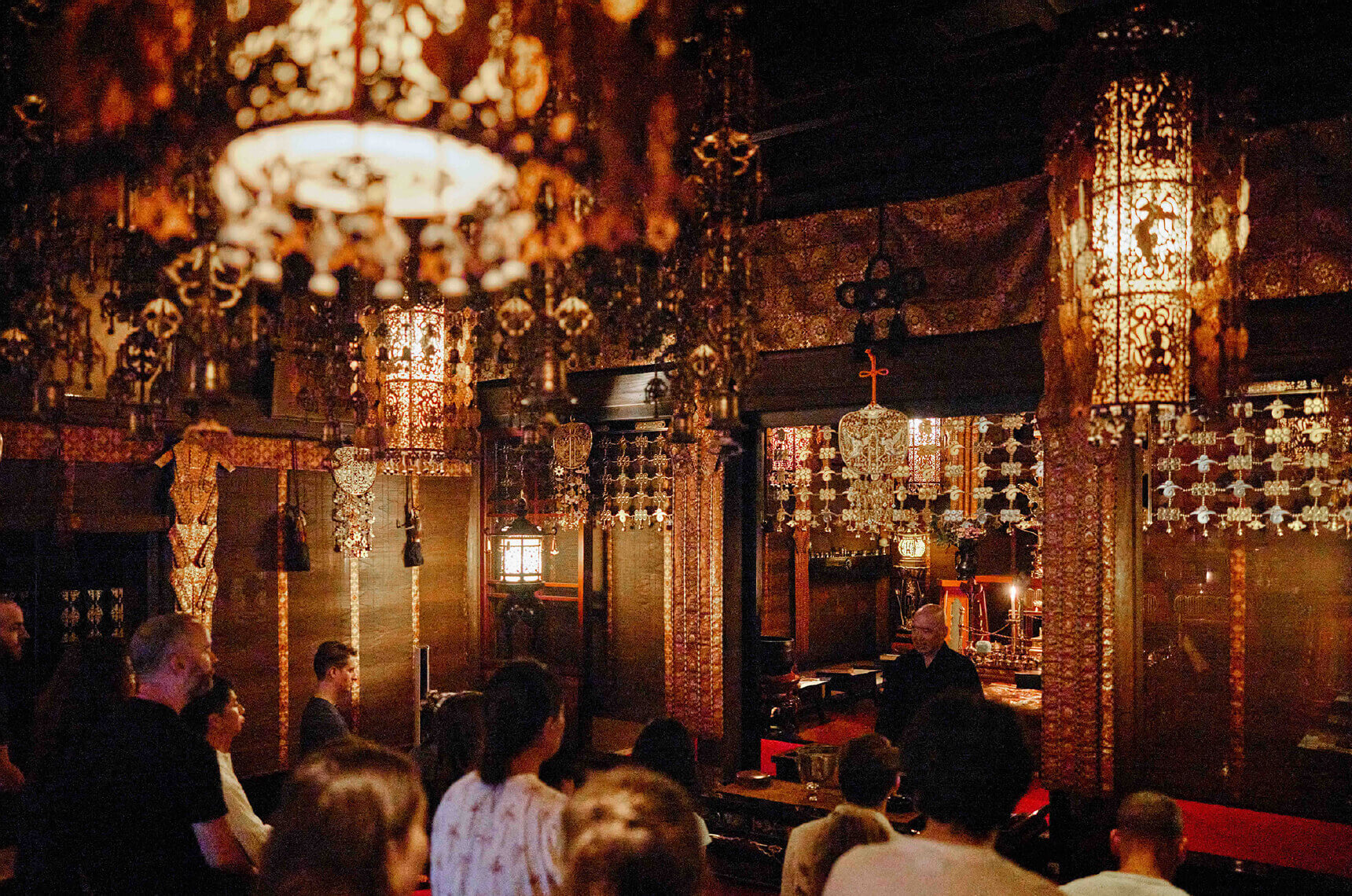
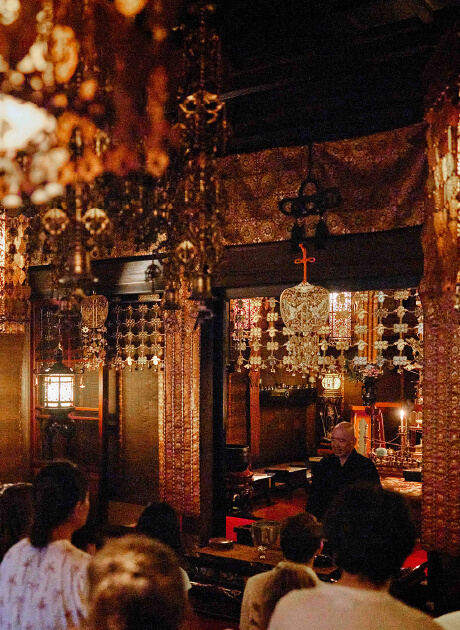
Koyasan Rengejo-in
